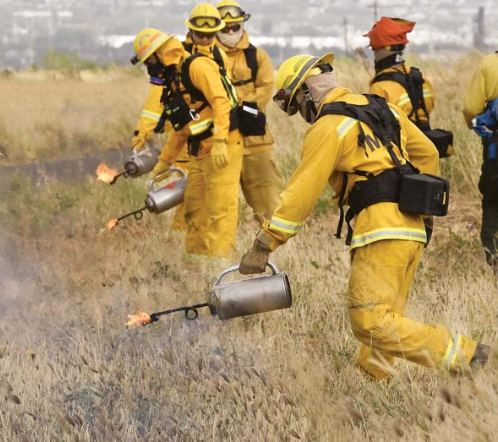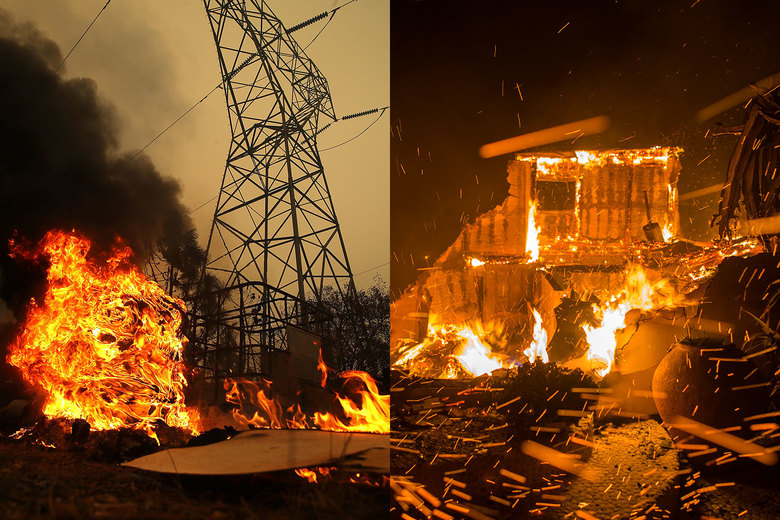The Mendocino Fire Burned for weeks before it was contained.
The Ranch Fire was Californiaʻs largest wildfire at 410,203 acres, and It was started from one tiny spark. The Mendicino Fire Complex that raged during the summer of last year was multiple fires that ignited at the same time in close proximity, heavily taxing all fire suppression resources in the area. 280 structures were destroyed in the fire complex, and the biggest fire in the dual-fire incident started due to a single spark.
(CNN) The Ranch Fire, the largest wildfire in California history in terms of acres burned, was caused by a spark or hot metal fragment that came from a hammer driving a metal stake into the ground, according to the California Department of Forestry and Fire Protection.
"After a meticulous and thorough investigation, CAL FIRE has determined that the Ranch Fire was caused by a spark or hot metal fragment landing in a receptive fuel bed," the news release said.





















